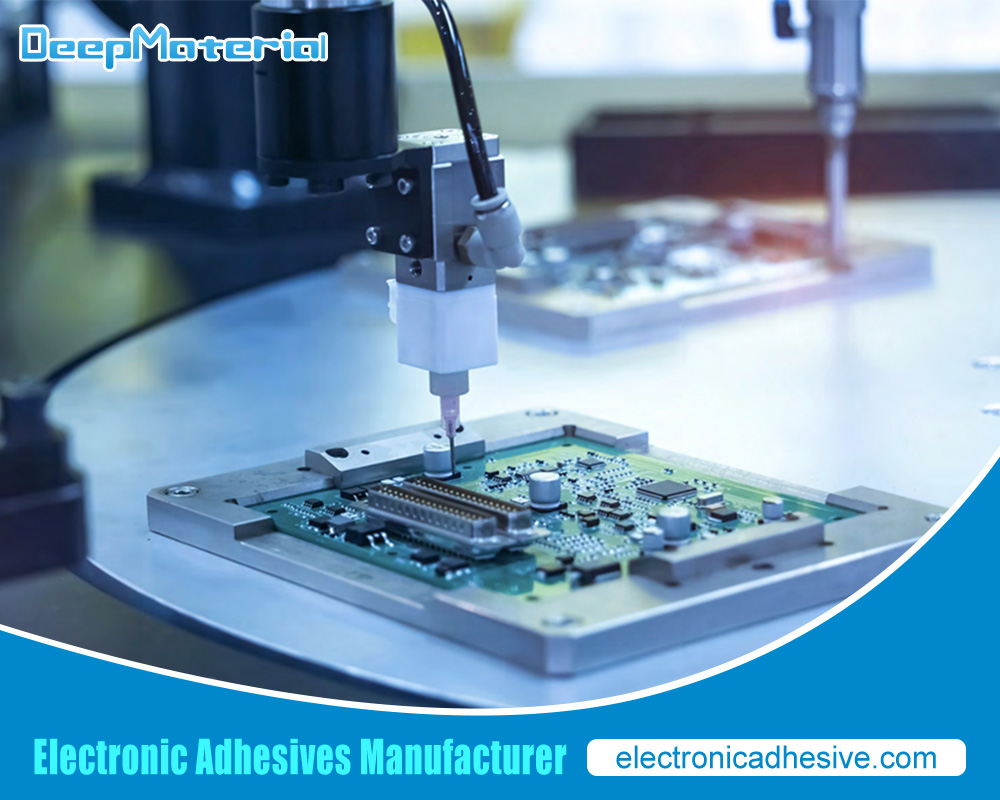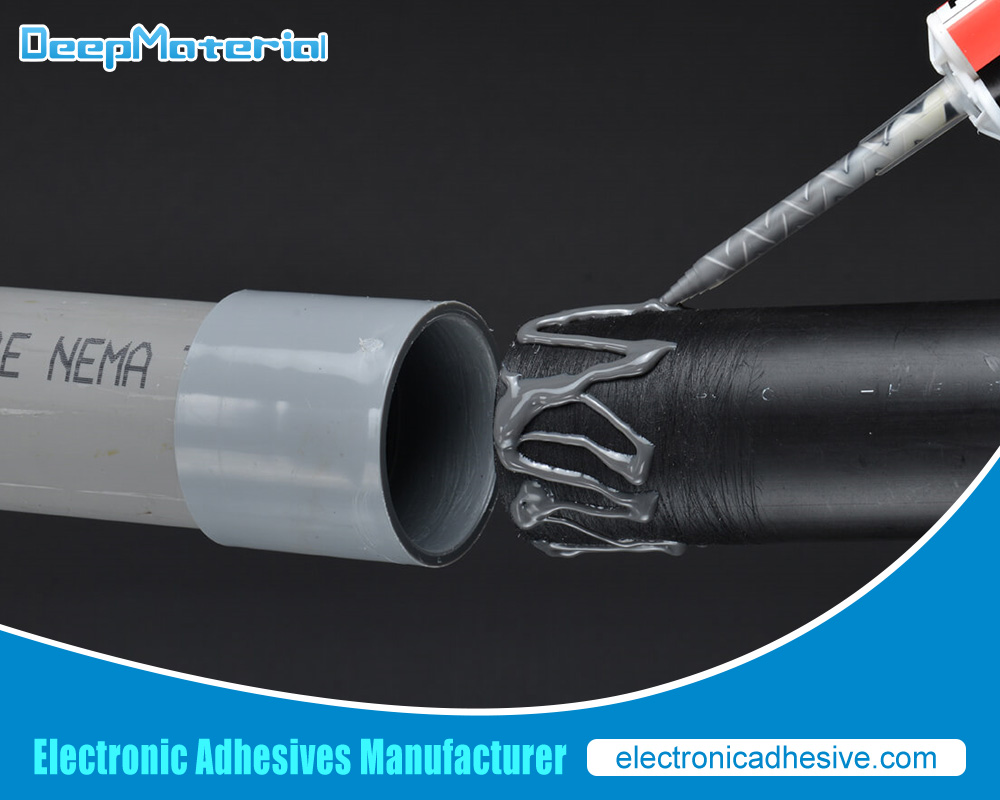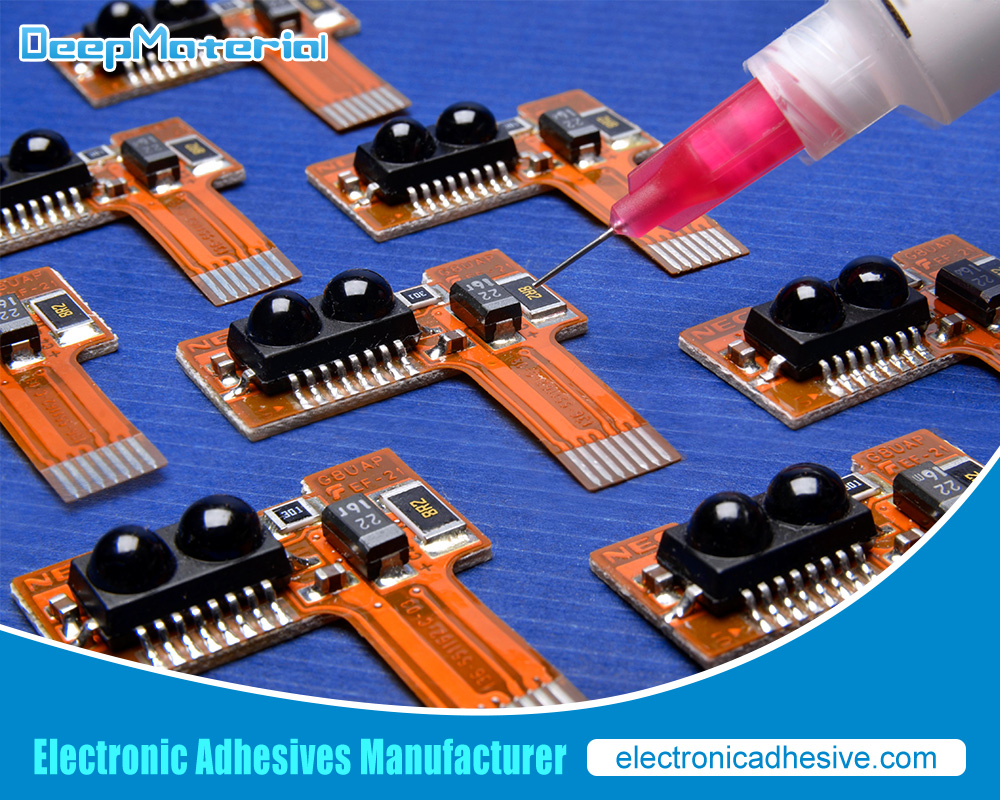Potting Material for Electronic Components: Ensuring Protection and Reliability
Potting Material for Electronic Components: Ensuring Protection and Reliability
Protecting electronic components is paramount in ensuring their longevity and reliability, particularly in environments exposed to harsh conditions. One of the most effective ways to achieve this is through potting materials. These materials encapsulate electronic assemblies, providing a barrier against moisture, chemicals, thermal fluctuations, and mechanical stresses. This comprehensive article delves into the various aspects of potting materials, including their importance, types, applications, selection criteria, application techniques, challenges, and future trends.
The Importance of Potting Materials
Potting materials serve multiple critical functions in electronic components’ protection and performance enhancement. Here are some key reasons why they are indispensable:
- Environmental Protection: Electronic components are vulnerable to various environmental factors, such as moisture, dust, chemicals, and UV radiation. Potting materials create an airtight seal around these components, shielding them from potentially damaging elements. This protection is crucial in outdoor applications, automotive systems, and industrial environments.
- Mechanical Stability: The mechanical integrity of electronic components can be compromised due to vibrations, shocks, and physical impacts. Potting materials provide structural support, reducing the risk of damage during transportation and operation. This added stability is essential for components used in aerospace, military, and other high-stress applications.
- Electrical Insulation: Potting materials offer excellent dielectric properties, preventing electrical arcing, short circuits, and other electrical failures. By insulating components from each other and their environment, potting compounds enhance the safety and reliability of electronic assemblies.
- Thermal Management: Many electronic devices generate heat during operation. Potting materials with good thermal conductivity can help dissipate this heat, preventing overheating and maintaining optimal performance. This thermal management capability is critical in power electronics, LED lighting, and other high-power applications.
Types of Potting Materials
The choice of potting material depends on the specific requirements of the application. Here are some of the most commonly used types:
- Epoxy Resins
- Description: Epoxy resins are among the most versatile potting materials, known for their excellent adhesion, chemical resistance, and electrical insulation properties. They can be formulated to cure at room temperature or with heat application.
- Applications: Epoxy resins are widely used in automotive electronics, aerospace systems, and industrial controls due to their durability and protective qualities.
- Silicone Potting Compounds
- Description: Silicone compounds are renowned for their flexibility and ability to withstand extreme high and low temperatures. They also offer good resistance to moisture and environmental degradation.
- Applications: These compounds are ideal for outdoor electronics, LED modules, and medical devices where flexibility and ecological resistance are critical.
- Polyurethane Potting Compounds
- Description: Polyurethanes provide a good balance between protection and flexibility. They offer robust protection with excellent electrical insulation and impact resistance.
- Applications: Polyurethane potting compounds are commonly used in consumer electronics, power supplies, and industrial controls, where a combination of protection and flexibility is needed.
- Potting Gels
- Description: Potting gels are softer and provide excellent cushioning and shock absorption. They are particularly suited for applications where components are subjected to mechanical stress and vibration.
- Applications: Gels are used in telecommunications equipment, sensors, and circuit boards to protect delicate components from vibrations and impacts.

Factors Influencing Material Selection
Selecting the appropriate potting material involves careful consideration of various factors:
- Environmental Conditions: The operating environment significantly influences material choice. Factors such as temperature range, exposure to moisture, chemicals, UV radiation, and mechanical stresses must be considered.
- Electrical Properties: The potting material should meet the electrical requirements of the application. This includes dielectric strength, electrical conductivity, and insulation resistance.
- Mechanical Requirements: Depending on the application, the potting material may need flexibility, hardness, impact resistance, or the ability to adhere to various substrates.
- Processing and Application Considerations: Practical aspects such as ease of mixing, pot life, curing time, and compatibility with existing manufacturing processes are critical in selecting the suitable potting material.
Application Techniques for Potting
Potting materials can be applied using various techniques, each suited to different requirements:
- Encapsulation
- Method: Encapsulation involves completely enclosing the electronic components in potting material. This method provides comprehensive protection against environmental and mechanical factors.
- Applications: Encapsulation is widely used in automotive electronics, sensors, and other applications where complete protection is essential.
- Conformal Coating
- Method: Conformal coating involves applying a thin layer of potting material over the components. This technique protects while allowing accessibility for adjustments and repairs.
- Applications: Conformal coatings are used in consumer electronics, PCB assemblies, and devices where space constraints and accessibility are essential.
- Molding
- Method: In this technique, potting materials are used in molds to create custom shapes that securely encapsulate the electronics. Molding allows for precise and consistent application of the potting material.
- Applications: Molding is used in custom electronic assemblies, connectors, and components that require specific shapes and sizes.
Challenges and Solutions
While potting materials offer numerous benefits, their application can present challenges:
- Adhesion to Various Substrates
- Challenge: Ensuring good adhesion to different substrates can be difficult, particularly with materials like silicone with low surface energy.
- Solution: Surface preparation techniques such as cleaning, priming, and plasma treatment can enhance adhesion. Selecting potting materials formulated for specific substrates also helps.
- Curing and Handling
- Challenge: Proper curing is essential to achieve the desired properties of the potting material. Factors such as temperature, humidity, and curing time must be controlled.
- Solution: Following manufacturer guidelines and using appropriate equipment can ensure optimal curing. Accelerated curing methods, such as heat curing, can also be employed where applicable.
- Cost and Performance Balance
- Challenge: High-performance potting materials can be expensive, and balancing cost with performance requirements is crucial.
- Solution: Conducting thorough application assessments and material evaluations can help identify the most cost-effective solutions without compromising performance.
Future Trends in Potting Materials
Potting materials continuously evolve, driven by technological advancements and changing industry needs. Here are some emerging trends:
- Advancements in Nanotechnology
- Trend: Nanocomposite materials incorporating nanoparticles offer enhanced mechanical, electrical, and thermal properties. These materials provide superior performance compared to traditional potting compounds.
- Impact: Nanotechnology is expected to revolutionize the potting materials industry, enabling more robust and efficient protection for electronic components.
- Biodegradable and Eco-Friendly Formulations
- Trend: Growing demand for sustainable and environmentally friendly potting materials is growing. Research is focused on developing biodegradable compounds that reduce environmental impact.
- Impact: Eco-friendly potting materials will help manufacturers comply with environmental regulations and meet consumer preferences for sustainable products.
- Smart Potting Materials
- Trend: Smart potting materials that respond to environmental changes or have self-healing properties are being developed. These materials enhance the durability and reliability of electronic components.
- Impact: Smart potting materials will offer new protection and functionality, particularly in critical applications such as aerospace, military, and medical devices.

Conclusion
Potting materials are essential for ensuring electronic components’ protection, reliability, and longevity. By understanding the different types of potting materials, their applications, selection criteria, and application techniques, manufacturers can make informed decisions that enhance the performance and durability of their products.
As technology advances, the development of new potting materials and techniques will continue to address the evolving needs of the electronics industry. From nanocomposites to eco-friendly formulations and intelligent materials, the future of potting materials promises exciting innovations that will further improve the protection and performance of electronic components.
In summary, potting materials are more than just a protective layer; they are a critical component in designing and manufacturing reliable and robust electronic devices. By staying informed about the latest trends and developments, manufacturers can leverage these materials to create products that meet the highest performance and reliability standards in today’s demanding applications.
For more about choosing the top potting material for electronic components: ensuring protection and reliability, you can pay a visit to DeepMaterial at https://www.electronicadhesive.com/ for more info.











